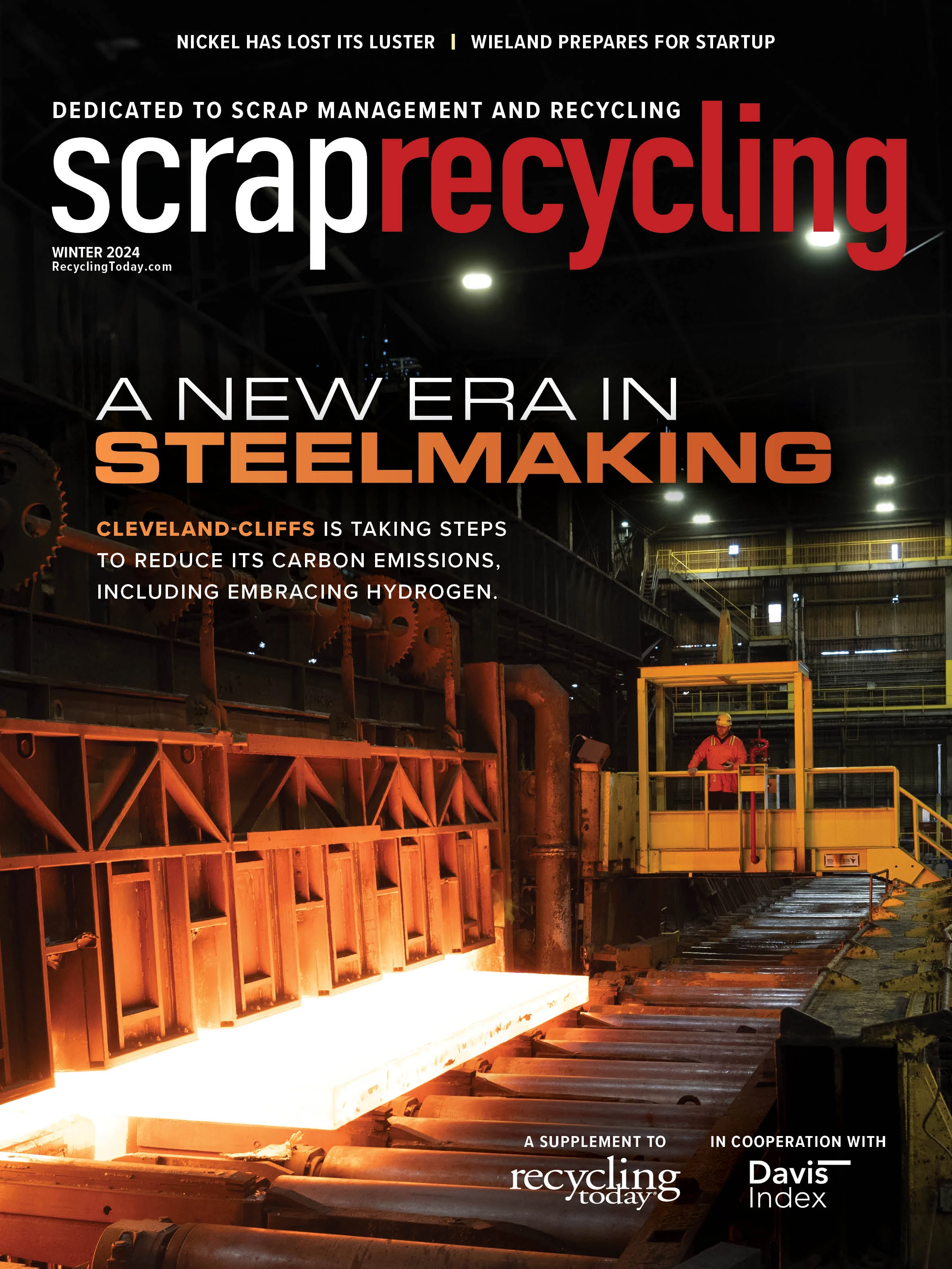
© Andrey Kuzmin | stock.adobe.com
China remains the primary source of extra-regional imported steel, representing 29 percent of the total product imported by Latin American countries. This has led to 63 percent of anti-dumping actions initiated in Latin America specifically targeted against China.
Alejandro Wagner, executive director of Sao Paolo-based Alacero, explained at a recent summit that the Latin American steel sector has a significant concern as Asian countries have incentives to export their material, creating distortions in international competition.
From January through October of last year, China produced 874.7 million metric tons of crude steel, more than double the combined production of the next five countries, which was 376 million metric tons, according to the latest report available at press time from the World Steel Association, Brussels.
“Today, a significant portion of the steel consumed in the region, both directly and indirectly, comes from that country under conditions that are not of a fair market, replacing quality jobs and impacting the environment,” Wagner said of Chinese imports at the summit.
“Mexico and the rest of Latin America want to preserve hard-fought growth by protecting their domestic industries.”
Tariffs as a last measure
Mexico and the rest of Latin America want to preserve hard-fought growth by protecting domestic industries.
On Aug. 16, 2023, Mexico imposed tariffs for steel and aluminum imports ranging from 5 percent to 25 percent for 392 articles to address nonmarket overcapacity and provide domestic sectors with fair market conditions and clarity. The temporary tariffs, applicable until July 31, 2025, affect countries like China, with which Mexico does not have a free-trade agreement.
The Office of the U.S. Trade Representative lauded the measure, with spokesperson Sam Michel saying Mexico’s efforts would help to address “global nonmarket excess capacity” in the steel sector.”
These new tariffs were added to the existing 10 percent to 25 percent rates on automotive and auto parts imports. Mexico’s automotive sector has been benefiting from the recent nearshoring trend, and it could provide the country with an annual gross domestic product (GDP) growth rate of 3.7 percent after growing by 2.7 percent on average every year during the past two decades.
The Mexican secretary of economy eliminated the countervailing duty of 45 cents per kilogram ($450 per metric ton) on galvanized steel hexagonal mesh imports originating in China. Mexico introduced 15 percent import tariffs for several steel products in 2021 that were renewed in 2022.
Brazil
Brazil also reinstated tariffs in the 9.6 percent to 12.8 percent range on 12 steel products last September at the urging of local associations that included the Brazilian Steel Institute (Aco Brasil), which noted Mexico was doing the same.
The measure by Brazil’s Ministry of Development, Industry, Commerce and Services also is meant to level the playing field for domestic consumers. Brazil reduced the rates in 2021 and 2022 yet reconsidered its position in 2023.
Chile
Recently, Chile’s steelworkers’ union demanded the government increase tariffs on Chinese steel imports.
Chilean unions say the country’s economic downturn is because of unequal conditions in the face of Chinese steel imports as that country’s labor costs are cheaper, resulting in a more affordable final product.
For this reason, the unions proposed Gabriel Boric’s administration enact measures to protect jobs and domestic production by imposing tariffs on steel imports from China. However, these tariffs have yet come into effect as of press time.

A reverse effect
Some Latin American countries also have been subject to scrutiny and a call for tariffs given a jump in their steel exports. Earlier this year, the U.S. steel industry’s stakeholders pressured President Joe Biden into reinstating 25 percent steel tariffs under Section 232, which restricts imports in the interest of national security, defined as economic security and military readiness, after what they claimed was a “surge in imports of Mexican steel.”
The rates were implemented during the Donald Trump administration then removed in 2019 after an agreement was reached with Mexico.
Tariffs and recycled material
Tariffs can elevate the price of domestic recycled ferrous material as importing steel becomes more expensive.
In this case, according to GLE Scrap Metal, with locations in Michigan and Florida, metal processors could see domestic companies asking for material instead of importing it, increasing demand, production and pricing.
On the other hand, if a country receives tariffs on its metals exports, an oversupply of material could occur if domestic traders find it more expensive to move material abroad, driving the price of domestically generated recycled material downward.
“Between January and April of last year, steel exports from China reached 25.65 million metric tons, a 24.5 percent increase compared with 2022.”
The question about China
China has not been impassive as tariffs have been levied on its steel products worldwide. It has imposed retaliatory tariffs (which are considered as such by the World Trade Organization) against the U.S., claiming the latter has been individualist and protectionist.
Last August, the Chinese Minister of Commerce demanded the U.S. eliminate tariffs against its steel and aluminum exports.
To put things in perspective, however, China witnessed a significant uptick in steel exports during April 2023, hitting a record-breaking 7.97 million metric tons—the highest monthly export volume since December 2016. Between January and April of last year, steel exports from China reached 25.65 million metric tons, a 24.5 percent increase compared with 2022.
This data, reported by the Chinese General Administration of Customs, precedes the anticipated cancellation of export rebates, effective May 1, 2023.

Explore the Winter 2024 Scrap Recycling Issue
Check out more from this issue and find your next story to read.
Latest from Recycling Today
- Aqua Metals secures $1.5M loan, reports operational strides
- AF&PA urges veto of NY bill
- Aluminum Association includes recycling among 2025 policy priorities
- AISI applauds waterways spending bill
- Lux Research questions hydrogen’s transportation role
- Sonoco selling thermoformed, flexible packaging business to Toppan for $1.8B
- ReMA offers Superfund informational reports
- Hyster-Yale commits to US production





